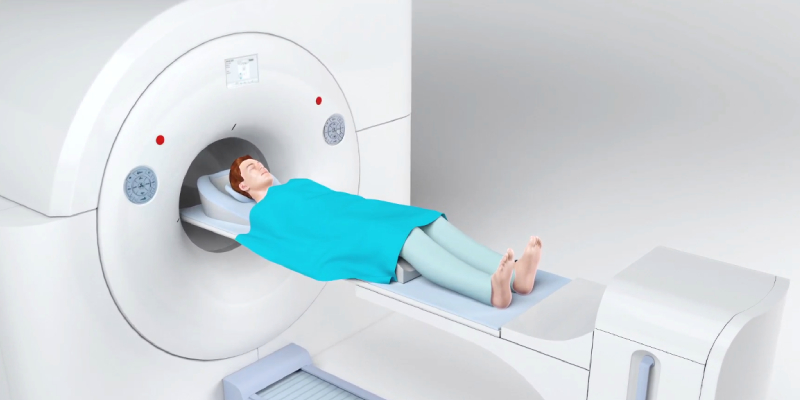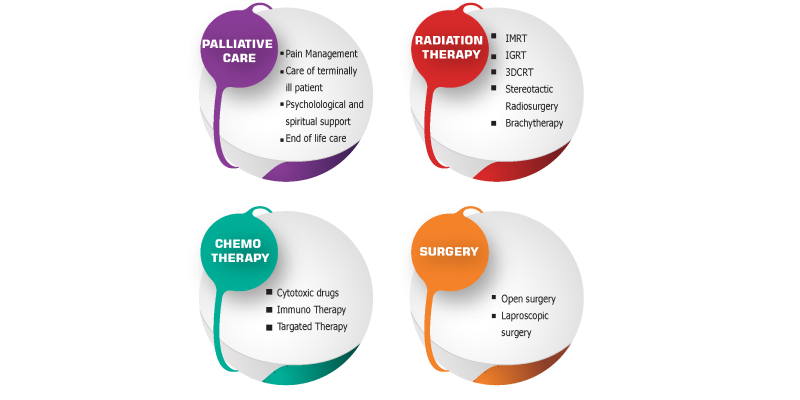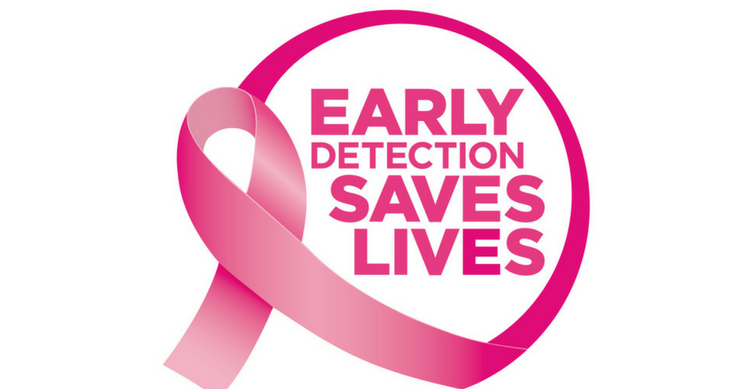The Significance Of Diagnosing Cancer Earlier
WHO says that 8.8 million succumb to death because of Cancer in a year. Out of this figure, countries that have low or middle-income have the highest death rate. The primary reason for these fatalities is the late diagnosis of Cancer. Late detection is not just an issue for some countries; even those places that have the best of healthcare systems struggle to diagnose the disease at the first stage. Learn More on the time from when we can forgo cancer screening.
The later the ailment is detected, the harder it is to remove it. The lack of success of treatment condemns the patient to an early demise and a lot of suffering. It is why diagnosing it at the beginning of the condition is imperative. If the proper steps are taken, early detection of Cancer and therefore, quick treatment is very much possible. This is especially critical for cancers such as colorectal, breast, and cervical.
When Cancer is caught early on, it not only increases the chance of survival but also makes it less painful the person. Moreover, the cost associated with treatment reduces significantly. There are three steps that can be taken to pinpoint Cancer early on:
- Make the public more aware. When they know the symptoms of Cancer, they are more likely to seek healthcare advice.
- Strengthen health services. When technicians, doctors, and other healthcare providers are trained well, they can correctly diagnose it and at an appropriate point.
- Individuals who live with Cancer must be provided with adequate treatment that includes pain relief. Furthermore, it shouldn’t be a financial or personal hardship.

Modes Of Cancer Screening
At Anderson Diagnostics, the experts know that screening for Cancer early on can increase the chance of cure. To that end, they help raise awareness of the different types of cancer screening. Some of them are explained below. It should be noted that testing early is recommended only for a few types of Cancer. In others, it is advised to only those who are at high risk.
- A Physical exam is the most common screening for Cancer, where the doctor feels for lumps in the body. They may also check for abnormalities such as:
- Odd skin colour
- Enlargement of an organ
These changes may indicate the presence of a tumour.
- A urine or blood lab test is another mode for detecting Cancer. In this case, the abnormality caused by Cancer can be a high amount of WBC’s in the blood like in Leukaemia.
- Imaging tests like PET CT Scan is a non-invasive method to finding Cancer in internal organs and bones.
- A biopsy is the last tool for screening cancer and the most definitive one. In this, a few sample cells are collected and then tested in a lab. The type of biopsy done depends on the kind of Cancer and its location.

The Different Treatments Of Cancer
- Chemotherapy is the use of drugs to eradicate cancer cells.
- Surgery is the removal of the entire tumour or as many cancer cells as possible.
- Bone marrow is found at the core of our bones, and it is material that creates are blood cells. A transplant can be done through a donor or using the patient’s own cells. It is done to either remove a diseased marrow or to allow the person to get a higher dose of chemotherapy.
- Radiation therapy utilised X-Rays, i.e., high-powered energy beams to destroy cancer cells. If the radiation machine is placed inside the body, it is called brachytherapy. If it is placed outside the body, it is known as external beam radiation.
- Hormone therapy is given as a treatment when the body’s hormone lead to Cancer like in breast cancer. It requires either blocking the impact of the hormone or altogether removing them from the body.
- Biological therapy or immunotherapy is one more treatment for Cancer. In this, the immune system of the person is aided to recognise Cancer as an outsider and thus attack it.
